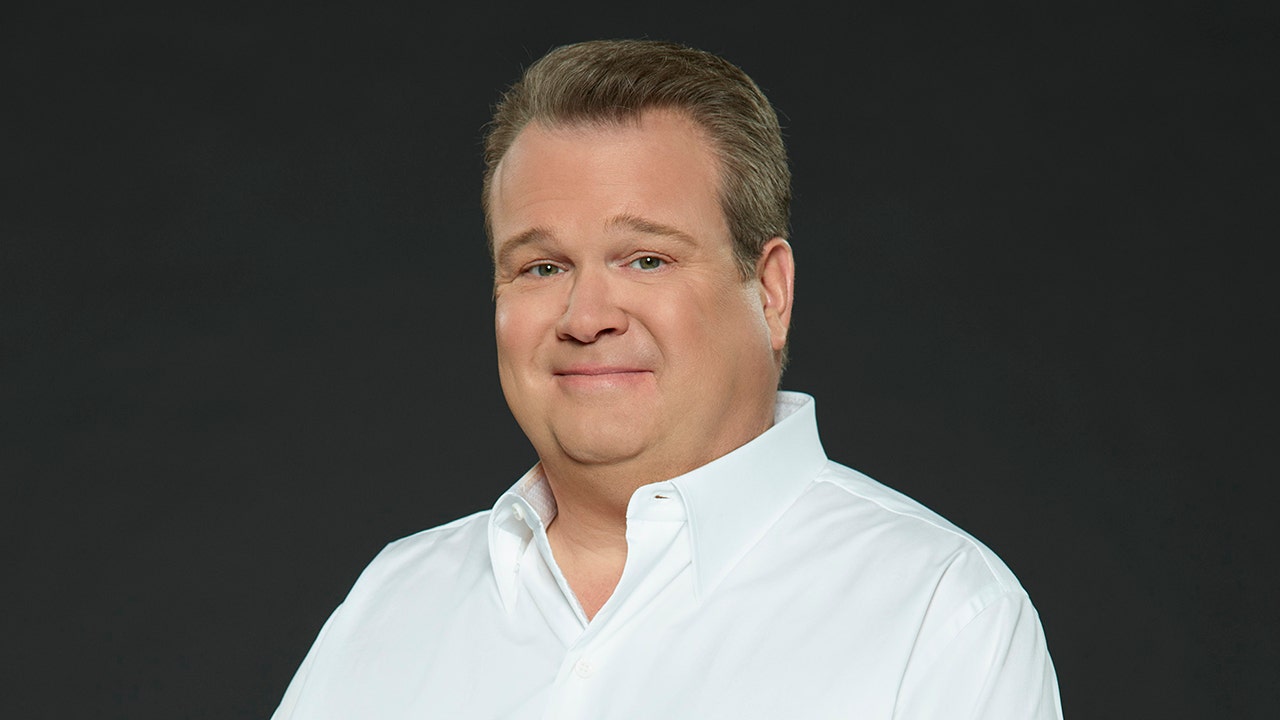Cows. They seem so gentle, chewing their grass along country roads.
But beneath that docile exterior is a deadly menace. In fact, bovine attacks kill about 20 Americans each year — typically more than sharks, bears, or school shootings combined.
The next time you see a sensational report about the latest impending doom, remember the humble cow.
Sharks scare us more yet kill only five Americans annually. Bears? They maul about two people to death each year. And while school shootings are tragic and horrifying, they don’t take nearly as many lives as cow stompings.
Yet, cows don’t get the same media treatment. There is no “Cow Week” on the Discovery Channel, no breathless news reports about the “bovine menace.”
Imagine if the media covered cow attacks like they do plane crashes or mass shootings. We’d have 24/7 coverage, complete with fancy graphics and ominous theme music: “Hooves of Death: Are You at Risk?” or “Mad Cow: The Silent Killer in Your Pasture.”
Pundits would speculate endlessly about the motives of these mad cows and society’s inability to solve this problem once and for all. Politicians would grandstand for stricter bovine control laws. Social media would explode with hashtags like #FarmerStrong.
But in reality, cow attacks barely register a blip on the media radar. It’s not that the deaths are less tragic. It’s just that cow carnage doesn’t drive clicks or sell papers. So these killers continue their reign of terror, unchecked and unreported.
Cow attacks in perspective
In truth, most cow-related fatalities involve farm workers or those who work closely with cattle. These deaths often result from blunt-force trauma — kicks, trampling, or crushing.
The CDC tells us that most fatal cow attacks are by bulls, with the remaining split between individual female cows and multiple-cattle attacks. Most of those who die are older and overwhelmingly male. And, all puns and media complaints aside, the killings are truly violent.
Those 20 deaths are tragic, yet pale in comparison to the 42,000 annual traffic fatalities in America. And yet, like cow attacks, we rarely see sensationalized reports about the “killer cars” stalking our streets. We recognize that driving carries risks, and we put those risks in context.
The same logic applies to cows. Working with large animals always involves some danger. It’s a risk that farmers and ranchers accept as part of the job.
Our skewed view of risk
The way we perceive the threat of cow attacks reveals a lot about how we consume media and assess risk. We’re far more likely to die from mundane causes than headline-grabbing events like shark attacks or airplane crashes.
But fear sells. And in a 24-hour news cycle, the most sensational stories get the most airtime, regardless of the actual risk they pose.
So the next time you see a sensational report about the latest impending doom, remember the humble cow. The real dangers in life are often far more ordinary — and far less reported on — than we’re led to believe.
We live in a world full of risks, both large and small. We can’t eliminate them all, but we can put them in perspective.
The things that scare us the most aren’t always the things most likely to harm us.
Editor’s note: A version of this article appeared on Ken LaCorte’s Substack.
Read the full article here





![LA Mayor Speechless Under Fire Over Wildfire Destruction Questions [WATCH] LA Mayor Speechless Under Fire Over Wildfire Destruction Questions [WATCH]](https://www.lifezette.com/wp-content/uploads/2025/01/2025.01.09-02.16-lifezette-677fda3a2f032.jpg)



